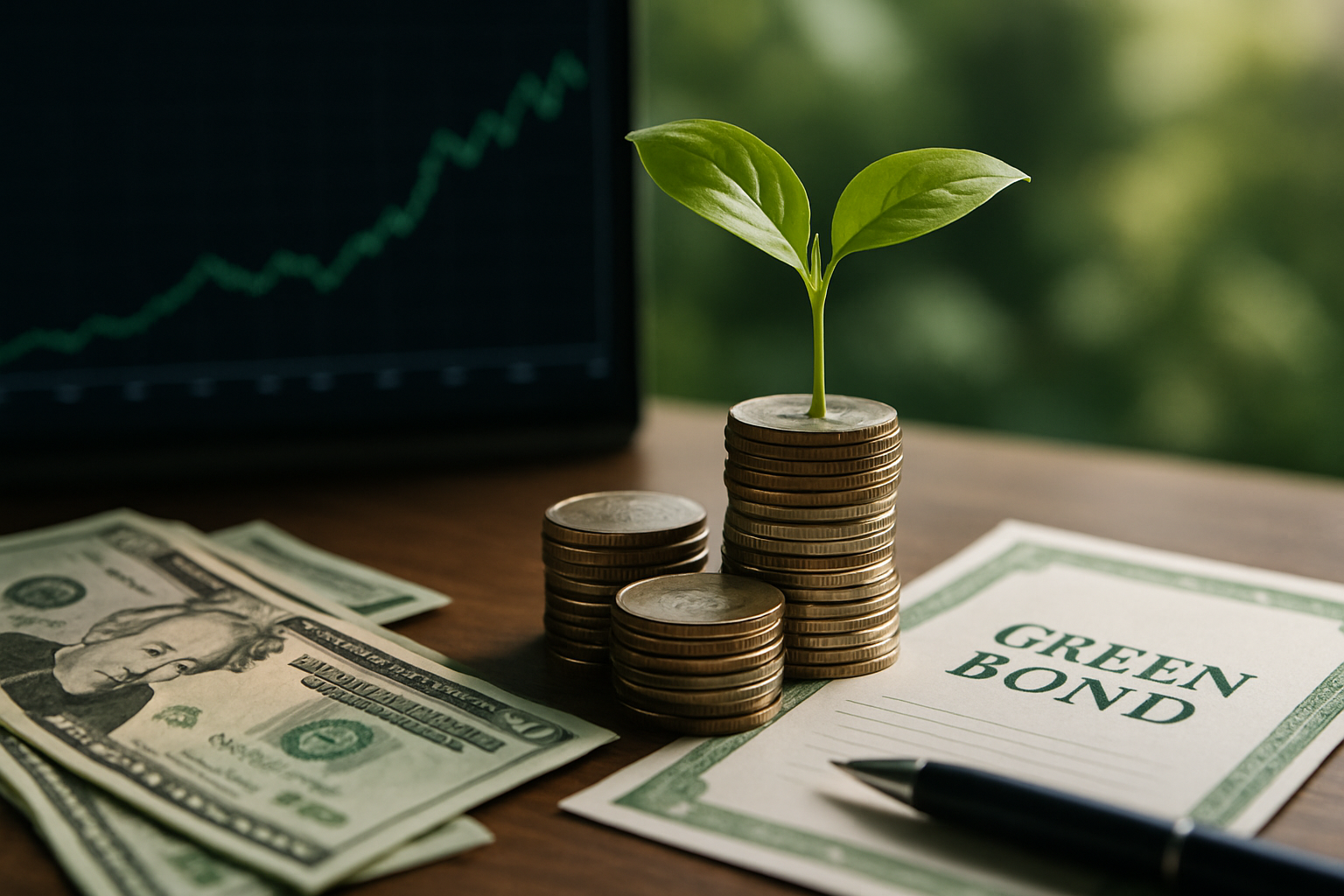The Emergence of Green Bonds: A Comprehensive Guide to Eco-Friendly Investments
Green bonds have recently emerged as an innovative investment option that combines financial returns with environmental responsibility. This article provides a comprehensive insight into green bonds - what they are, how they work, and why they could be a smart addition to your investment portfolio.

The Genesis of Green Bonds
Green bonds, also known as climate bonds, first emerged in the global market in 2007 when the European Investment Bank issued the world’s first green bond. The goal was to raise capital specifically for projects with environmental benefits. The concept quickly gained traction, and the green bond market has since grown at an impressive pace, reaching $270 billion in 2020 according to data from the Climate Bonds Initiative.
Current Market Trends: The Greening of Bonds
The green bond market has experienced rapid growth in recent years. According to a report by Moody’s, green bond issuance hit a record high of $258 billion in 2019, up 51% from the previous year. This surge in popularity is driven by a growing demand from investors for sustainable investment options and increased awareness of climate change issues.
The Impact of Green Bonds: A Double Boon
Green bonds offer a unique blend of financial returns and environmental benefits. On one hand, they provide investors with the opportunity to earn competitive returns while contributing to environmental sustainability. On the other hand, they help finance crucial projects aimed at mitigating climate change, such as renewable energy, energy efficiency, pollution prevention, and biodiversity conservation.
The Risks and Rewards of Green Bonds
Like any investment, green bonds come with their own set of risks and rewards. On the risk side, there is the potential for ‘greenwashing’, where bonds are marketed as environmentally friendly when they are not. Additionally, green bond returns may not always be as high as those of traditional bonds. On the reward side, green bonds offer the satisfaction of investing in projects that benefit the environment. Plus, as awareness and demand for green bonds grow, they may offer competitive returns.
Real-world Application: Green Bonds in Action
One notable example of green bonds in action is Apple Inc.’s issuance of a $1 billion green bond in 2017. The tech giant used the funds raised to finance renewable energy projects and initiatives aimed at reducing its carbon footprint.
Practical Insights into Green Bond Investments
-
Look for green bonds certified by recognized standards like the Climate Bonds Standard to ensure the bond’s environmental credibility.
-
Diversify your portfolio by investing in green bonds from different issuers and sectors.
-
Keep an eye on the maturity date. Green bonds tend to have longer maturity periods, which could affect liquidity.
-
Consider investing in green bond funds or ETFs if you want to invest in a diversified portfolio of green bonds.
As green bonds continue to grow in popularity, they are reshaping the investment landscape by introducing a new way to combine financial returns with environmental responsibility. By understanding what green bonds are, how they work, and their potential impact, investors can make informed decisions about whether to include these innovative instruments in their investment strategy. The rise of green bonds exemplifies how finance can play a crucial role in addressing global environmental challenges, offering a promising avenue for sustainable investing in the future.





